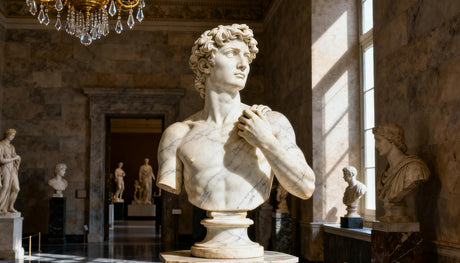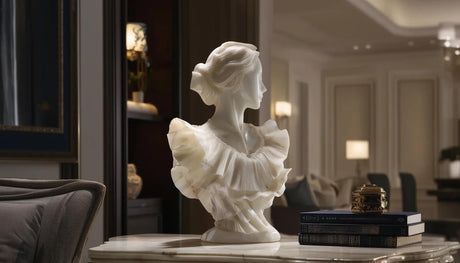Few forms in the art world are as striking and awe-inspiring as tailored large-scale sculpture.These creative expressions dominate landscapes, cityscapes and public Spaces, leaving an impressive imprint on those who encounter them. From ancient civilizations to modern metropolises, the tradition of making giant sculptures has continued to this day and has evolved with The Times. While continuing to attract audiences around the world. Usually the most commonly used material for large sculptures is stainless steel, because stainless steel sculpture is durable and stands the test of time.
Large-scale sculpture transcends a single artistic expression; It became a symbol of cultural identity, historical significance and human creativity. Each piece tells a story, whether it's a tribute to a revered figure, a reflection of social values, or an exploration of abstract concepts. The large size and presence of these huge sculptures demands attention and draws viewers into thinking about their meaning and impact.

One of the most iconic examples of large-scale sculpture is the Statue of Liberty in New York Harbor. The Statue of Liberty (including the base) is 305 feet tall. Since its inauguration in 1886, it has welcomed generations of immigrants to the United States. This massive copper structure, designed by Frédéric Auguste Bartholdi, is not only a symbol of freedom and democracy, but also a testament to the power of art to inspire and unite.
Similarly, the Great Sphinx of Giza is a testament to the achievements of ancient Egyptian civilization. Carved from a single limestone block, this mysterious half-man, half-lion statue has guarded the Giza plateau for more than 4,500 years. Its enormous size and mysterious aura continue to fascinate scholars and visitors. It’s a reminder of the ingenuity and grandeur of the ancient world.

Contemporary artists continue to push the boundaries of large-scale sculpture, using innovative materials and techniques to create stunning works of art. One famous example is Anish Kapoor's "Cloud Gate," affectionately known as "The Bean," located in Chicago's Millennium Park. The giant reflective sculpture has become an iconic symbol of the city, drawing millions of visitors to marvel at its smooth, mirror-like surface. These monumental installations redefine the urban landscape and inspire dialogue between residents and visitors.
In essence, upscale large-scale sculpture goes beyond mere artistic expression; It becomes a catalyst for cultural exchange, social reflection, and interpersonal relationships. Whether ancient monuments with a long history or contemporary installations that push the boundaries of creativity, these monumental sculptures of art leave an indelible mark on humanity's collective consciousness, reminding us of our capacity for imagination, innovation and expression.





